I discovered my talent for secondhand gift-giving completely by accident. When Charlie and I moved into our first flat together seven years ago, we were properly skint—you know how it is with London rents. Our Christmas budget that year stretched about as far as a packet of Nice biscuits and maybe a festive card if we were feeling extravagant.
There I was, wandering through a charity shop in Stoke Newington, when I spotted this gorgeous vintage cocktail shaker. Proper art deco style, still gleaming despite being God knows how old. Eight quid! For something that would’ve cost eighty new! Charlie had been banging on about wanting to learn how to make proper Old Fashioneds for months, clipping recipes from the weekend papers like some sort of 1950s housewife. (He still does this, by the way—refuses to bookmark anything online, says it’s “not the same experience.” Ridiculous man.)
When he unwrapped it on Christmas morning, his face lit up like I’d handed him the crown jewels. “This is bloody perfect, Em! How did you…” Then he paused, turning it over in his hands. “Hang on, is this vintage?”
I felt this weird flush of embarrassment. “Yeah, found it in Oxfam. I can get you a new one if you’d prefer—”
“Are you mad? This is brilliant! It’s got history. Someone’s made hundreds of cocktails with this thing. It’s got…I dunno…cocktail karma!”
That was the moment. Standing there in our tiny living room with the radiator making that weird clanking noise it always did, both of us still in our pajamas, me with a massive sense of relief washing over me. I realized I’d been properly anxious about giving him something secondhand. Like it somehow meant I valued him less.
Which is completely barmy when you think about it. I mean, I’d spent hours hunting through charity shops to find something perfect rather than just clicking “buy now” on Amazon after a 30-second search. If anything, it showed I cared more, right?
That cocktail shaker sits on our drinks trolley to this day. It’s outlasted three IKEA sofas and countless “new” items that broke, got boring, or just disappeared into the black hole of our storage cupboard. And every time Charlie uses it, he tells guests its little origin story, like he’s showing off some family heirloom.
Since then, I’ve become a bit of a pre-loved gift evangelist. My gift cupboard (yes, I have an entire cupboard dedicated to gifts, and no, Charlie is not allowed to “reorganize” it) is now about 60% secondhand treasures waiting for their perfect recipients. My mum was properly scandalized the first time I told her. “You’re giving USED things as presents?” she gasped, like I’d suggested serving roadkill at a dinner party.
But here’s the thing about secondhand gifts—they force you to be thoughtful in a way that frantically clicking through a gift guide’s “top 10 presents for her” simply doesn’t. You can’t panic-buy a secondhand gift at 11pm on Christmas Eve (trust me, I’ve tried—charity shops have frustratingly reasonable opening hours). You have to keep your eyes open, remember what people love, and pounce when you see the right thing.
Last year, my friend Sonia mentioned she’d been trying to find a copy of Nigella’s first cookbook forever—said it was the only one missing from her collection. Three months later, I spotted a pristine copy in a charity shop in Bath when I was there for a work thing. Two quid! I snatched it up like I was participating in some sort of high-stakes retail competition. When her birthday rolled around and she unwrapped it, she actually squealed. Proper full-volume squealing, in the middle of Pizza Express. The couple at the next table looked properly alarmed.
“How did you FIND this?” she demanded, already flipping through the pages.
“Just got lucky,” I shrugged, feeling insufferably smug about my secondhand gift triumph.
“No, seriously,” she insisted. “I’ve been searching online for ages. All the copies are either ridiculously expensive or look like they’ve been drowned in bolognese sauce.”
That’s the other secret about secondhand gifts—they can actually be more valuable than new ones. Vintage books, discontinued perfumes, rare vinyl records, that obscure kitchen gadget someone mentioned once that isn’t made anymore…these things have a worth beyond their price tag.
Of course, there are rules. I’m not some chaotic gift-giver who just wraps up any old tat from the charity shop and calls it thoughtful. I’ve developed quite the system over the years (surprise, surprise—those who know about my gift spreadsheets are rolling their eyes right now).
Rule number one: Know your audience. My sister-in-law Lucy would rather die than receive something secondhand. She’s the type who buys new towels if someone she doesn’t know well enough has stayed over. I respect her preference and get her shiny new things still in their packaging with the tags attached. Meanwhile, my brother Dave actively prefers vintage stuff and gets properly excited about things with “character” (his word for small dents and scratches).
Rule number two: Condition matters. There’s a spectrum between “lovingly pre-owned” and “this should probably be binned.” I aim for the former. Books shouldn’t have pages falling out. Clothes shouldn’t have mysterious stains. Record collections shouldn’t be scratched to bits. This seems obvious, but I’ve received some properly dire secondhand gifts over the years. My aunt once gave me a handbag with someone else’s crumpled tissues still in the inside pocket. Not exactly the treasure-hunting experience I’m advocating for.
Rule number three: Clean everything thoroughly. Even if it looks spotless. I’ve got a whole routine—clothes get washed or dry-cleaned, books get wiped down and aired out, homeware items get a proper scrub. Nothing ruins the magic of a secondhand gift faster than it smelling like someone else’s house. (Exception: vintage perfume bottles, which somehow always smell faintly of old ladies and face powder no matter what you do. That’s part of their charm.)
Rule number four: Presentation is everything. I’m not saying you need to disguise the secondhand nature of your gift—quite the opposite. But beautiful wrapping, a thoughtful card, and perhaps a little note about why you chose this specific item makes all the difference. “I found this first edition of your favorite childhood book” hits differently than just handing over an old book with no context.
Rule number five (and this is the one people get wrong): Never, ever present a secondhand gift as new. That’s just weird and dishonest. The story—the hunt, the find, the history—is half the gift.
Last Christmas, I found a gorgeous vintage silk scarf for my mother-in-law. Deep emerald green with tiny gold stars—exactly her colors. When she opened it, I told her I’d found it in this tiny vintage shop in Hastings when Charlie and I were there for a weekend break. I mentioned how the pattern reminded me of a dress she’d worn to our wedding rehearsal dinner, and how the shopkeeper had told me it was likely from the 1960s.
“It’s absolutely beautiful,” she said, running her fingers over the silk. “And to think, someone treasured this before, and now I get to treasure it too.”
Well. If that doesn’t justify my secondhand gift philosophy, I don’t know what does.
Of course, there have been disasters. When I was still refining my approach, I bought my friend Tom a vintage leather jacket that I thought was perfectly distressed in that cool, I-don’t-try-too-hard way. Turns out what looked like artistic wear and tear in the dimly lit charity shop was actually serious damage to the leather. Poor Tom tried valiantly to seem pleased while essentially modeling what looked like something a moth had used as an all-you-can-eat buffet. Lesson learned: always, ALWAYS check secondhand items in natural light before purchasing.
Then there was the time I gave my cousin Emma (yes, same name, family tradition, bit confusing at gatherings) an absolutely gorgeous set of vintage cocktail glasses, only to discover she’d just started recovery for alcohol addiction. That was… not my finest gifting moment. She was incredibly gracious about it, but I still cringe when I remember her face as she unwrapped them. These days I keep much better mental notes about people’s life situations before choosing gifts.
The pandemic actually kicked my secondhand gifting into high gear. With shops closed and everyone panic-buying online, delivery times stretched to ridiculous lengths. Meanwhile, I had my trusty gift cupboard full of pre-loved treasures I’d been collecting throughout the year. While friends were sending apologetic texts about presents that wouldn’t arrive until mid-January, I was sorted. It felt like vindication for my “slightly odd” (Charlie’s words) habit of buying gifts months in advance.
I’ve expanded my hunting grounds beyond charity shops now. Car boot sales are treasure troves if you’ve got the patience to sift through the tat. Estate sales can be goldmines, though they sometimes make me feel a bit morbid. Online marketplaces are brilliant for finding specific items, though they lack the serendipitous joy of spotting something perfect that you weren’t even looking for.
My most recent secondhand gift triumph was finding a set of 1950s astronomy guides for my father-in-law, who’s been obsessed with stargazing since he got a telescope for his retirement. They were these beautiful hardback books with gilt edges and color plates that still looked vibrant despite being older than I am. Cost me £12 for the set of three in this dusty bookshop in York. When he opened them on his birthday, he went completely silent, which is not his usual reaction to, well, anything.
“These are extraordinary,” he finally said, voice a bit wobbly. “My father had these exact books. I used to look at them with him when I was a boy. I’ve no idea what happened to them after he died.”
Charlie gave me that look—you know, the one that says “you’ve outdone yourself this time.” I’d love to claim I knew about the connection to his grandfather, but it was pure coincidence. Sometimes the secondhand gift gods just smile on you.
I think what I love most about giving pre-loved gifts is that they feel like a tiny rebellion against our throwaway culture. In a world of next-day delivery and “new phone every year” mentality, there’s something properly subversive about saying, “This thing already exists, it’s beautiful, and it deserves a second life with someone who’ll appreciate it.”
Not everything needs to be box-fresh to be valuable. Some things—many things, actually—improve with age and history. The scratches and tiny imperfections tell stories. That’s what I’m really giving when I wrap up something secondhand—not just an object, but its story, continued now through someone I care about.
So yes, my gift cupboard remains stubbornly filled with treasures from the past, waiting for their perfect match. Charlie has stopped asking if we really need “another weird ceramic thing” or “more old books that smell funny.” He gets it now.
And that vintage cocktail shaker that started it all? It’s made hundreds more cocktails in our home. It’s been the centerpiece at dinner parties, featured in countless Instagram posts (always with proper credit to its charity shop origins), and even traveled with us to a holiday cottage in the Cotswolds because Charlie insisted we couldn’t make proper drinks without it.
Sometimes the best gifts aren’t new. They’re just new to you.
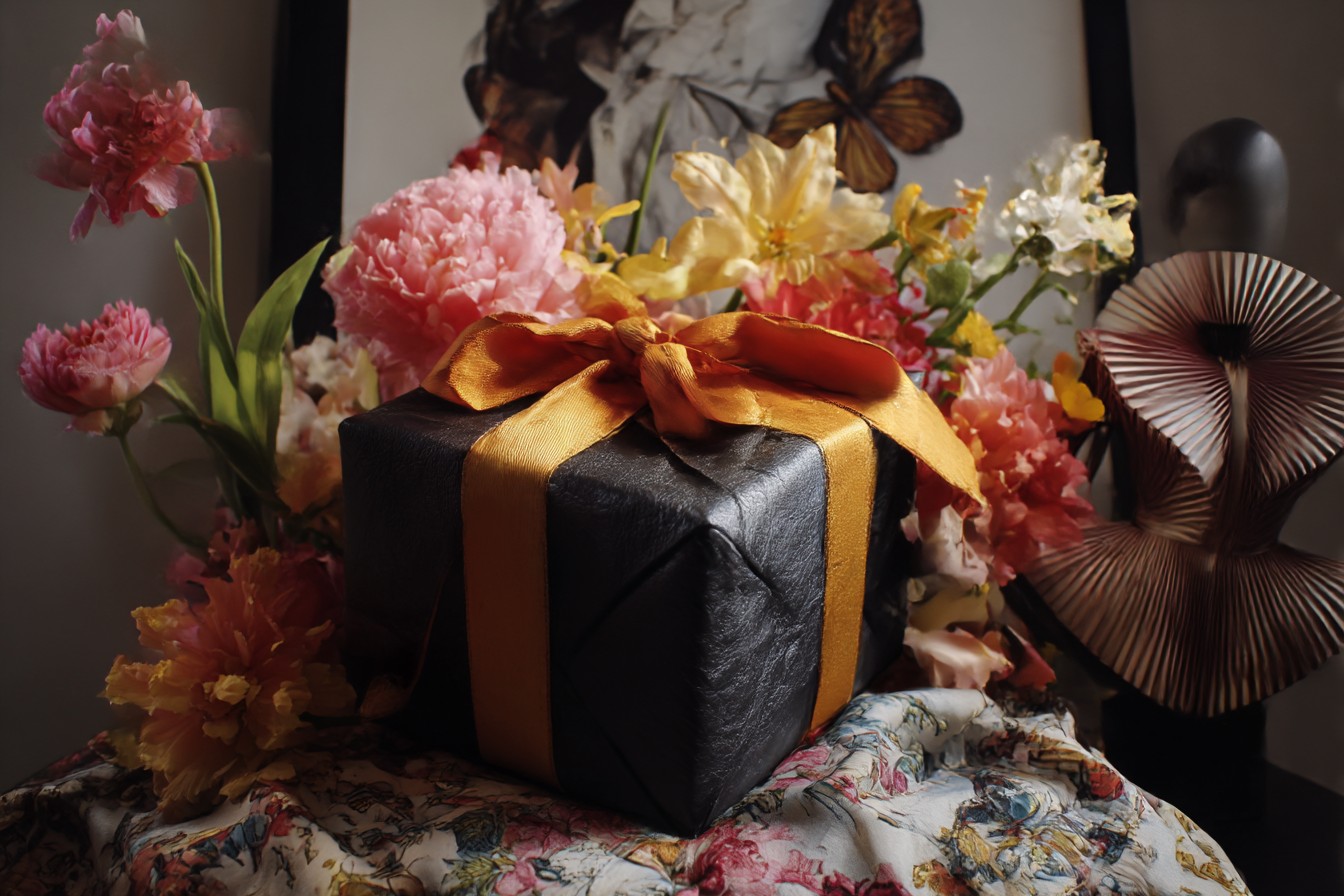

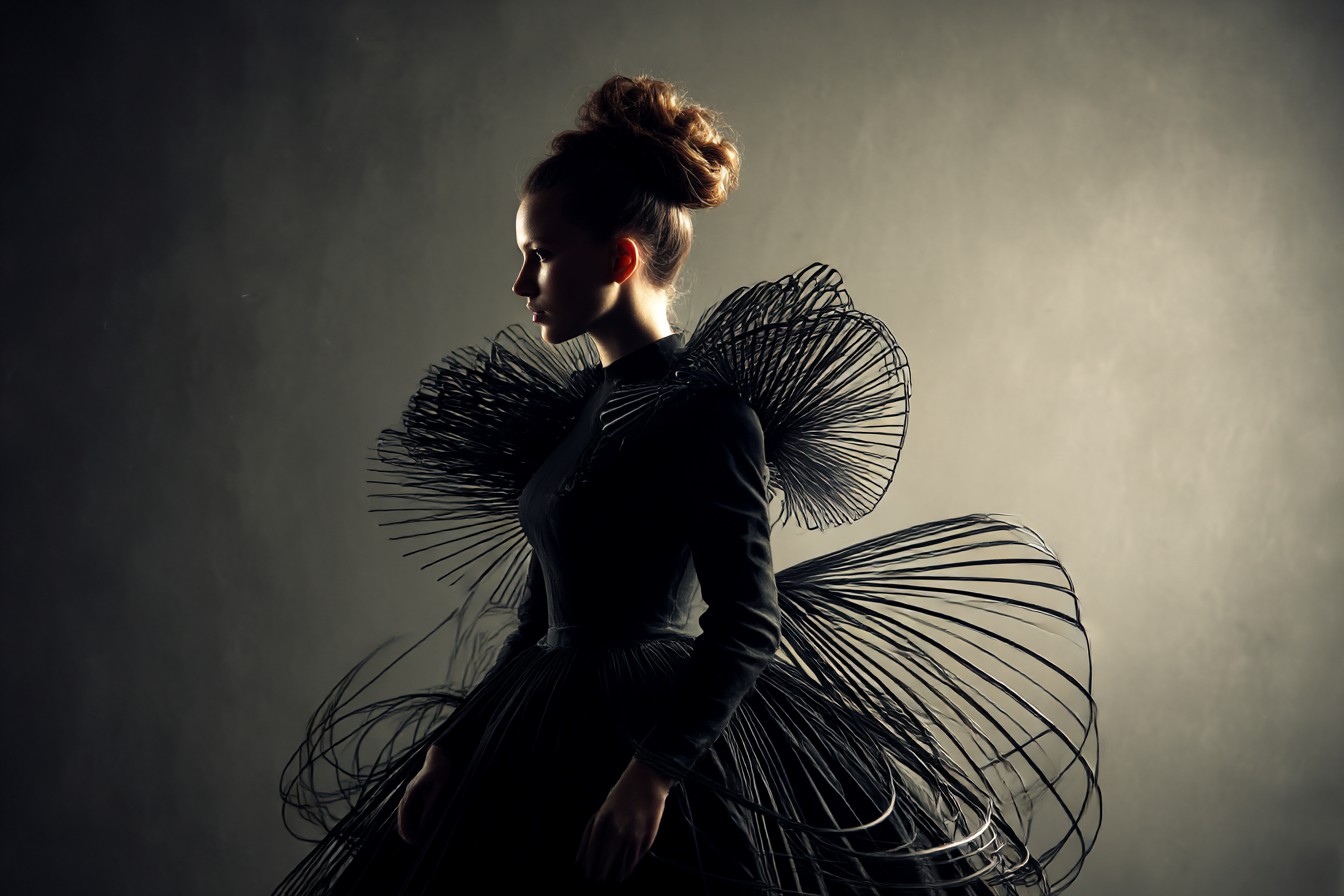
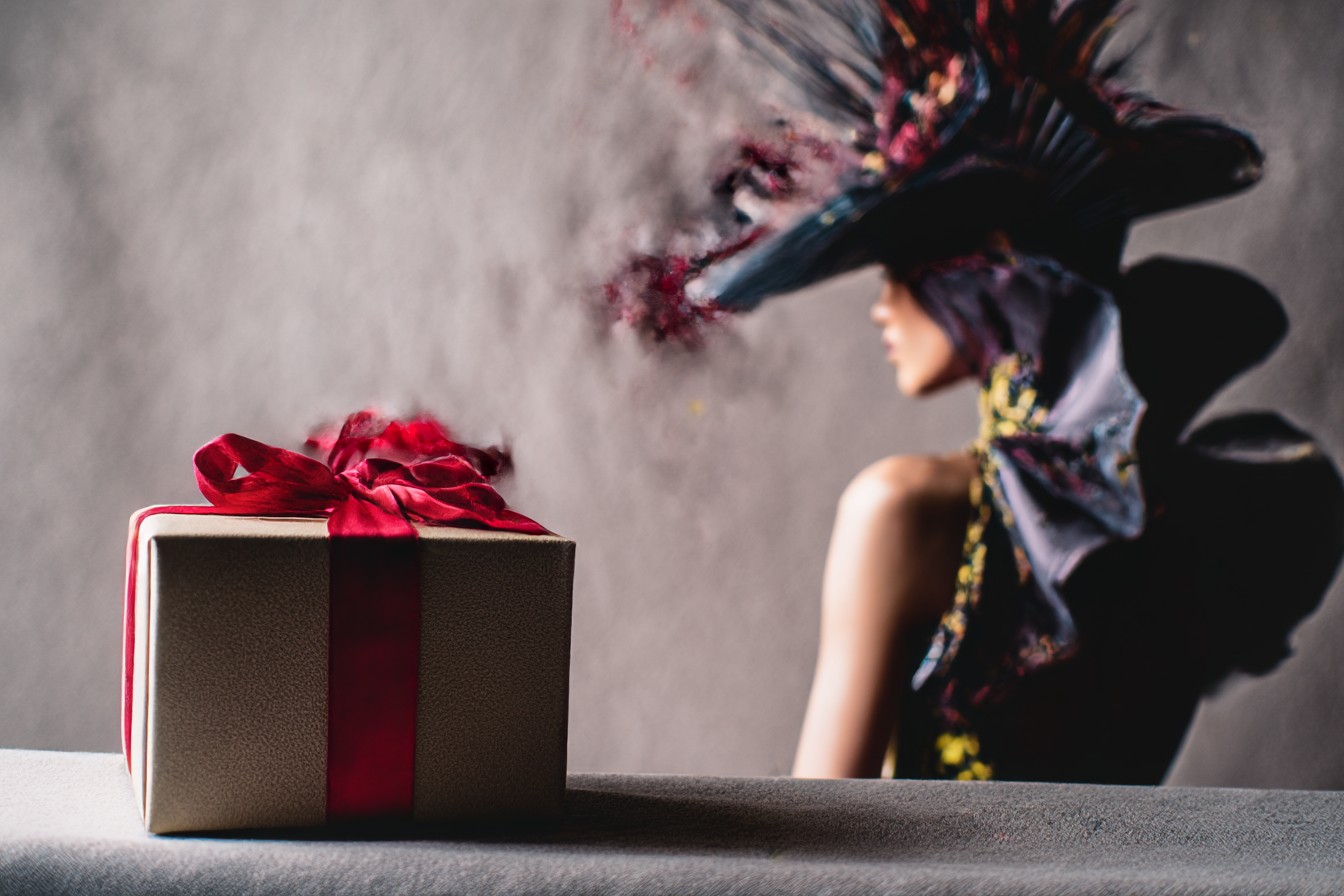
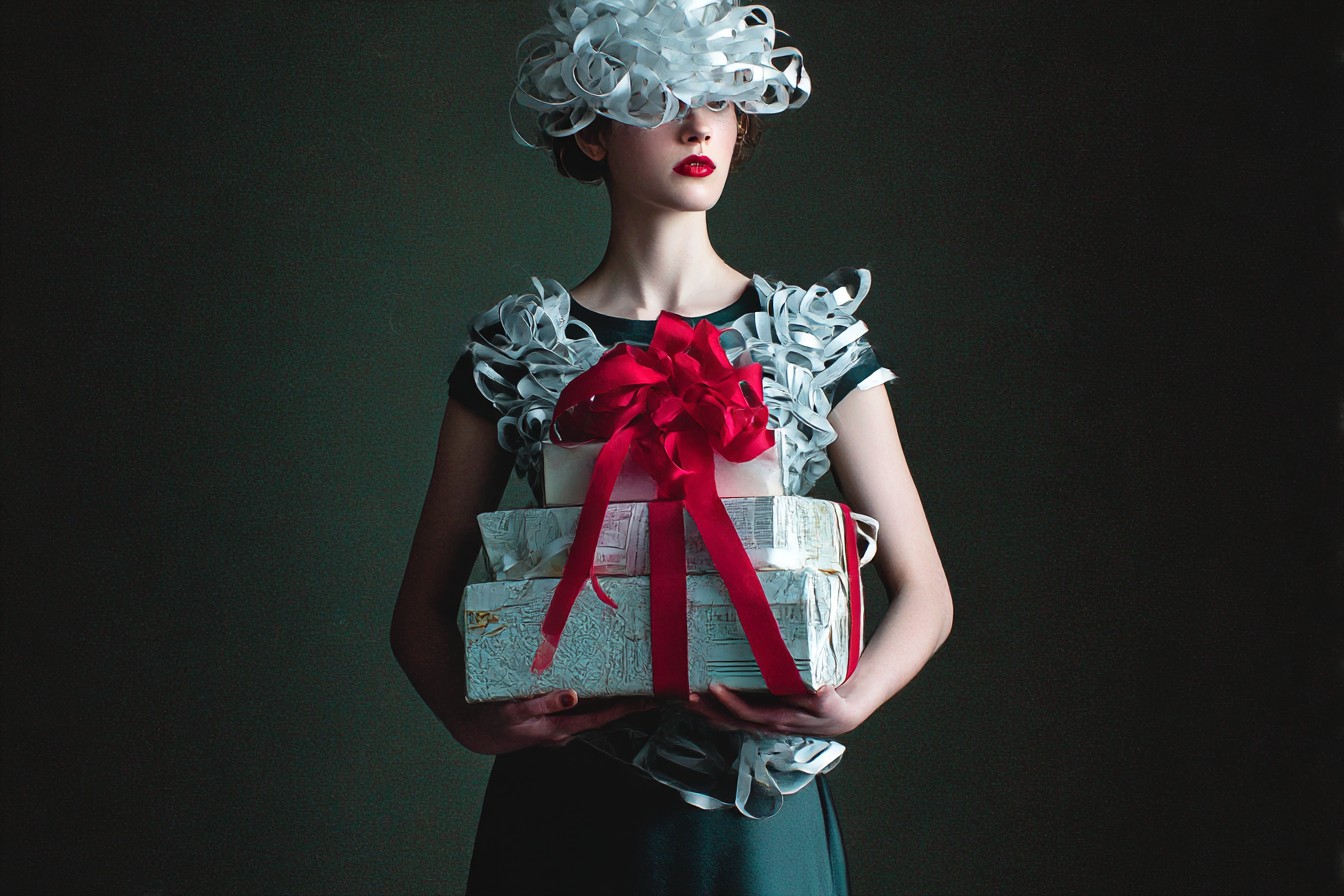
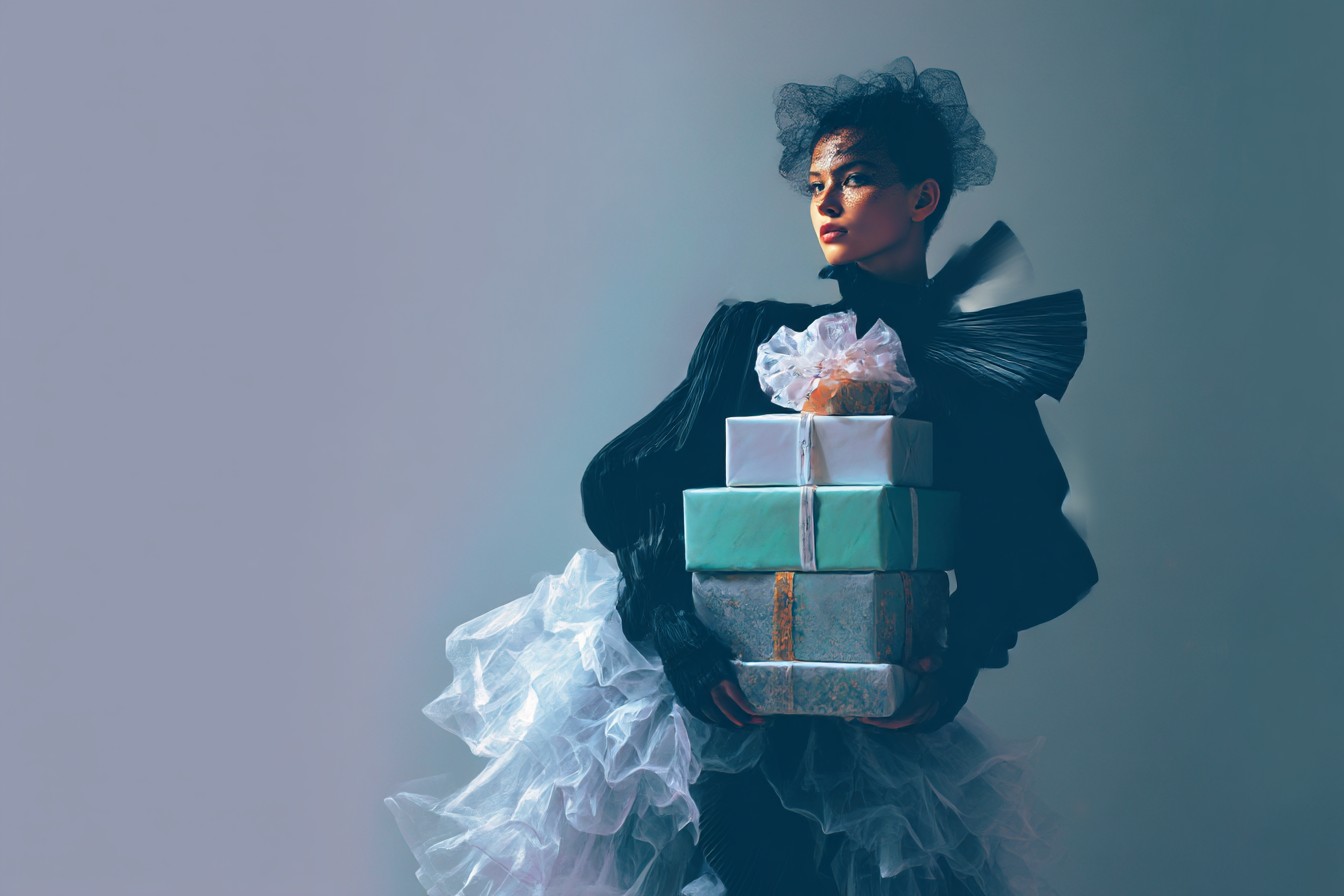

Leave a Reply